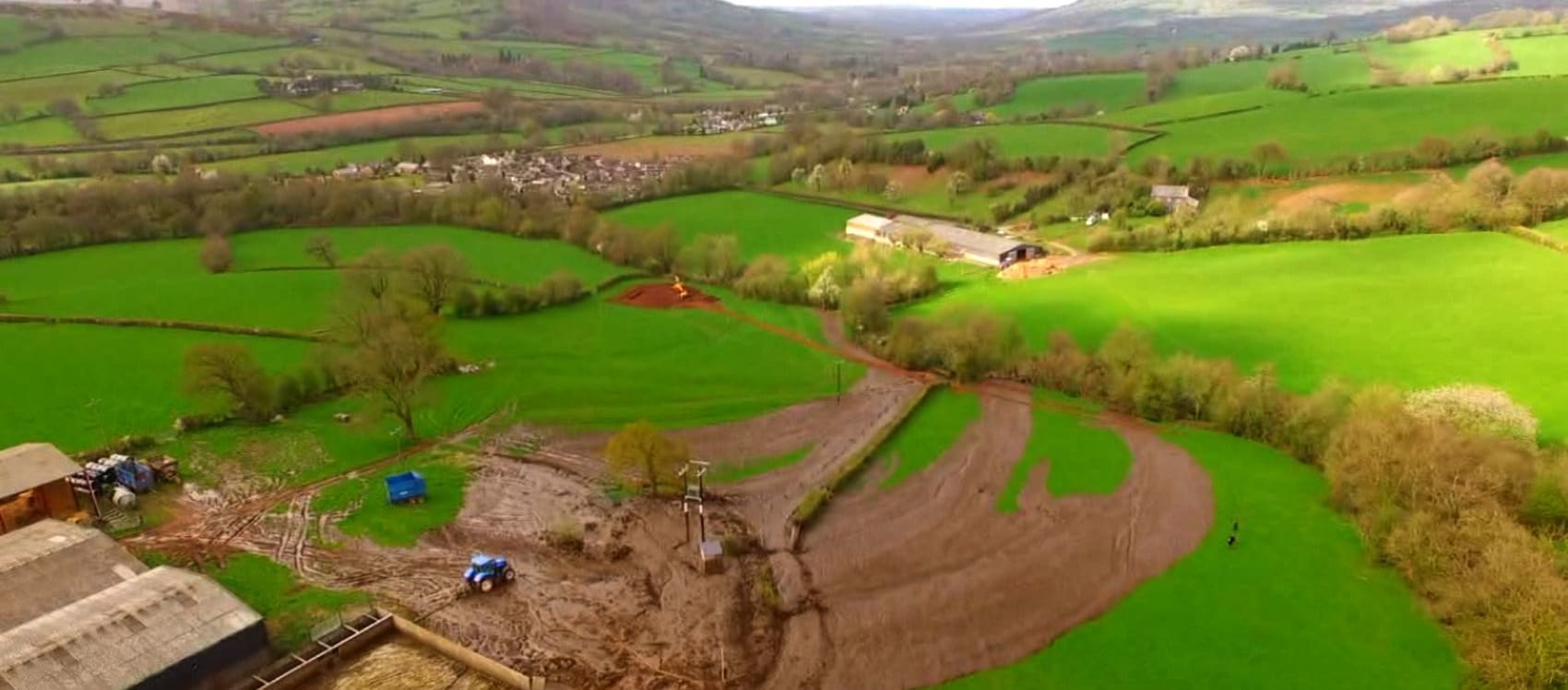The nutrients produced on a farm are a valuable form of fertiliser if collected and stored correctly.
The timing and way in which they are applied to the land can also have an effect on the wider environment, including rivers.
More often than not, spreading at times of the year and in ways that benefit farms also has the best outcome for water quality.
In order for this to happen, nutrients need to be applied….
- As part of a nutrient management plan that takes in to account manures as well as fertiliser applications
- In good soil and weather conditions to ensure runoff doesn’t happen during or after the application
- At a rate that suits the crop requirement so that excess does not runoff or leach
- At least 10m away from ditches and watercourses, this distance may need to be further if there are slopes which could channel runoff during subsequent rainfall. The SCIMAP tool helps to identify areas of greatest risk and is produced for all farms we work with.
- With calibrated spreading equipment to ensure accuracy
Currently, the Wye suffers from excessive quantities of phosphate which causes eutrophication and algal blooms. This phosphate enters the river from both sewage works and agriculture.
Improving how nutrients are managed will therefore be a benefit to both the farm business and the river. It is an important part of the advice given to farms by our Catchment Advisors.



